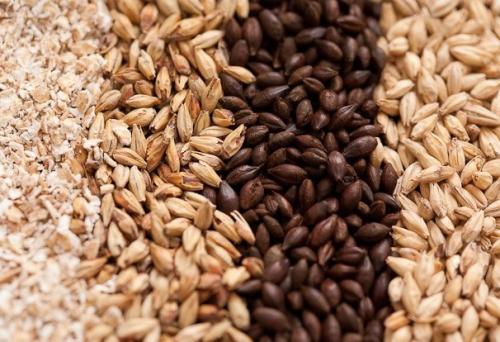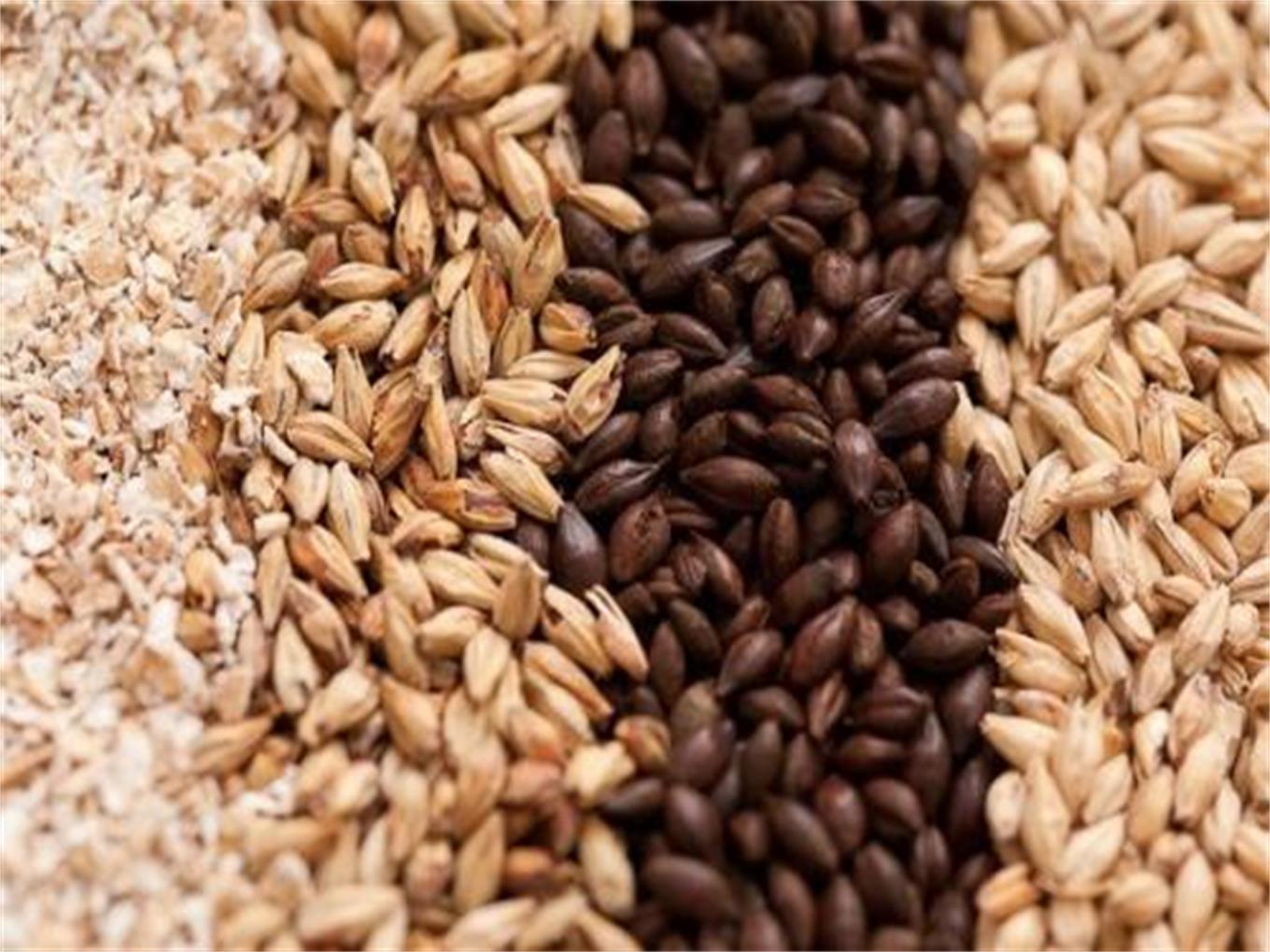Method for Improving Beer Brewing Efficiency
If there is one drink that is highly popular in social circles, it would be beer.
It is one of the drinks of choice for many people, and has become an integral part of modern society and culture.
For those who are into this industry, things are a lot more than just drinking socially.
To them, it’s a business and a way of life. And if there is one thing that matters in these circles, it would be productivity.
All businesses, without exception, will require a certain degree of productivity to maintain viability. Without this efficiency, it is entirely possible that the business can go down under.
Then again, it may not always be a business that cares about beer brewing efficiency. In other cases, it might just be someone trying to prepare a good home brew, without the profits in mind.
Either way, there are a lot of questions as to how this efficiency can be achieved.

The solution to the efficiency question is not something that has a simple answer.
On the contrary, there are hosts of different ways in which the efficiency can be raised. Some of the most useful strategies for improving beer brewing efficiency are laid out in the steps mentioned below:
- Improve Grain Milling
This is one of the best ways in which the efficiency of the beer brewing process can be increased.
The reason for this is because finer particles can be processed and broken down easier than those which are large in size.
One of the best ways to get the process done right is through the use of a double roller mill, which allows for the inner part of the grain to be crushed, while leaving the husk more or less intact.
- Maintain Optimal Temperatures, Especially During Fermentation
Another useful step that can be used to raise the efficiency of the brewing process would be the maintenance of an optimal temperature.
This is because the right temperature can help in the proper breakdown of the ingredients, while the opposite will occur if a suitable temperature is not available.
The ideal temperature in general, for the preparation of beer is approximately 42 F and 48 F.
- Ensure a Clean Filtration System
The filtration system helps in sieving out the pure wort, etc from the husk and other residue.
The clogging of this system can result in a greatly reduced degree of efficiency than what would have otherwise been the case.
It is therefore necessary that the filtration system is cleaned out at regular intervals, and prevent the accumulation of any residue in it.
- Clean Up the Entire Brewing Equipment at Regular Intervals
This is more of a general but important step that has to be undertaken, and an extension of the previous point.
Almost any equipment will eventually get clogged and filled with the residue of the previous batches. This means that unless the accumulated wastes are eliminated in a suitable manner, there will be a steady reduction in the overall efficiency as well.
It is therefore necessary that the equipment is cleaned up at regular intervals, so as to maintain optimum efficiency.
- Slow Down the Sparging Process
The sparging process refers to the process where the ingredients are sprayed with water, so as to moisten them.
It is a good idea to slow down this process, using as slow and steady a water source as possible, so as to allow for all of the sugars to be extracted from the ingredients, for wort preparation.
Should the flow of water be too fast, a good portion of the sugars might just end up still in the mix, rather than with the already extracted wort.
- Maintain Optimal pH Levels
The pH of any liquid, or substance for that matter, explains how basic or acidic it is.
In order for the beer to be produced in an efficient manner, it is important that the pH of the mixture is in the ideal range.
For example, the ideal pH of the mashing process is around 5.2 to 5.5, for it is at this range that the ingredients are broken down in the most efficient way possible. Likewise, the ideal pH for the fermentation process is about 4.2, in order for the yeast to adequately act on the ingredients. Similar variations exist at other stages of the brewing process as well.
If the ideal pH doesn’t exist, it can be achieved through the addition of suitable chemicals like calcium chloride, calcium carbonate, etc.
- Maintain Optimal Hydration Levels
This is one of the more ignored strategies to increase brewing efficiencies.
The fermentation process requires an optimal level of hydration, or quantity of water, for the ingredients to be turned into alcohol.
It is therefore important that adequate amounts of water be used, such that the mix used for brewing is neither too sticky, nor watery. The ideal combination of the mix should be somewhere between these two distinct ends.
As a whole, the above mentioned steps are some of the best ways in which the efficiency of beer brewing can be improved significantly.
Do note that there are many more such steps as well, that can be applied. The above mentioned steps are but some of the most popular ones around used by businesses and individuals alike.
Frequently Asked Questions (FAQ)
1) What single change most improves brewhouse efficiency quickly?
- Dialing in the mill gap to achieve a fine-but-intact husk crush typically delivers the fastest efficiency gains. Target 0.8–1.2 mm for many two‑roller mills; verify with sieve tests and lauter performance.
2) What mash pH and temperature ranges maximize extraction without harshness?
- Aim mash pH 5.2–5.4 at room temp (≈5.4–5.6 at mash temp) and saccharification at 65–67°C (149–153°F) for balanced fermentability and yield. Adjust with calcium salts or lactic/phosphoric acid.
3) How slow should I sparge to boost extraction but avoid astringency?
- For fly sparge, keep runoff 1.0–1.5 L/min on 5–10 hL systems (scale accordingly) and stop when run-off gravity approaches 1.008–1.010 or pH nears 5.8–6.0 to avoid tannin pickup.
4) Which CIP practices directly impact brewing efficiency?
- Validated CIP (alkali, acid, rinse) with conductivity endpoints and spray device verification reduces fouling, stabilizes heat transfer, and maintains consistent knockout times and yields.
5) Does oxygen control affect “efficiency”?
- Yes—minimizing oxygen pickup preserves hop compounds and reduces staling/rework. Closed transfers and CO2 purges enhance process yield by lowering losses due to quality failures.
2025 Industry Trends for Methods to Improve Brewing Efficiency
- Sensor-driven control: affordable wireless gravity/pH/DO sensors enable real-time adjustments to mash rests, lautering, and knockout.
- Heat integration: broader adoption of wort-to-HLT heat recovery and better vessel insulation to cut energy per BBL.
- Semi-automation for small systems: lauter rake/flow automation, boil-over sensors, and batch logging standardizing outcomes.
- Low-DO hot-side techniques: sealed whirlpools and CO2 purging to retain hop oils and reduce rework.
- Water stewardship: breweries targeting ≤4.0 hL/hL water-to-beer with optimized CIP and recirculating chilling.
2025 Benchmarks and Stats
| Metric | Typical Range/Benchmark (2025) | Notes / Source |
|---|---|---|
| Brewhouse efficiency (conversion + lauter) | 82–92% | Milling, mash profile, and lautering control |
| Mash pH (room temp) | 5.2–5.4 | ASBC/MBAA guidance |
| Water-to-beer ratio | 3.0–5.0 hL/hL; best-in-class <3.5 | Brewers Association Sustainability 2024–2025 |
| Hot-side energy intensity | 10–22 kWh-eq/BBL | U.S. DOE AMO/process heating |
| Knockout DO (best practice) | <50 ppb | ASBC Methods; MBAA |
| CIP chemical reduction via endpoint control | 10–20% | Integrator/OEM case data 2024–2025 |
Selected references:
- Brewers Association Sustainability Benchmarking: https://www.brewersassociation.org/industry/research
- ASBC Methods of Analysis (pH, DO, lauter): https://www.asbcnet.org
- Master Brewers Association of the Americas (MBAA): https://www.mbaa.com
- U.S. DOE Advanced Manufacturing Office tools: https://www.energy.gov/eere/amo/tools
Latest Research Cases
Case Study 1: Mill Gap Optimization and pH Control Raise Yield (2025)
Background: A 10 hL brewhouse reported variable OG and slow runoff tied to inconsistent crush and mash pH drift.
Solution: Implemented sieve-based mill gap calibration, added calcium chloride/sulfate to hit 50–100 ppm Ca, controlled mash pH to 5.25 (room temp), and standardized sparge cutoff at pH 5.8.
Results: Brewhouse efficiency increased from 84% to 90–91%; average runoff time reduced by 18%; OG variance narrowed to ±0.0015.
Case Study 2: Heat Recovery + CIP Endpoint Verification (2024)
Background: Rising utilities and fouling extended knockout times on a 15 hL system.
Solution: Installed plate heat exchanger heat recovery to HLT, added tank/HLT insulation, and used conductivity meters to automate CIP rinse/chemical endpoints.
Results: Water-to-beer ratio improved from 5.2 to 3.8 hL/hL; hot-side energy/BBL reduced ~14%; CIP chemical use decreased 17% with no hygiene compromises.
Expert Opinions
- Mary Pellettieri, Quality Consultant; Author of “Quality Management for Breweries”
“Stable mash pH, validated CIP, and routine DO checks form the backbone of brewing efficiency—consistency prevents costly rework.” - John Mallett, Brewing & Quality Leader; Author of “Malt: A Practical Guide”
“Your crush dictates your lauter. An optimized mill setting with intact husk structure is the most reliable route to predictable extraction.” - Charlie Bamforth, Professor Emeritus of Malting & Brewing Science, UC Davis
“Cleanability is efficiency. Fouled surfaces waste energy and compromise beer stability—sanitary design and verified cleaning are non‑negotiable.”
Practical Tools/Resources
- Brewers Association: efficiency and sustainability resources, calculators: https://www.brewersassociation.org
- ASBC Methods (pH, DO, lautering, VDK): https://www.asbcnet.org
- MBAA Technical Quarterly and webinars on mash/lauter optimization: https://www.mbaa.com
- DOE AMO tools for process heating and pump/VFD savings: https://www.energy.gov/eere/amo/tools
- Bru’n Water for water chemistry and mash pH planning: https://sites.google.com/site/brunwater
- Brewfather/BeerSmith for mash scheduling and batch logging: https://brewfather.app | https://beersmith.com
SEO tip: Internally link the anchor text “Method for Improving Beer Brewing Efficiency” to detailed sub-guides on mill calibration, mash pH control, sparging strategy, and heat recovery for stronger topical authority.
Last updated: 2025-09-05
Changelog: Added 5 targeted FAQs, 2025 efficiency benchmarks with table and sources, two recent case studies, expert viewpoints, and practical tools aligned to brewing efficiency improvements.
Next review date & triggers: 2026-02-01 or earlier if BA/ASBC benchmarks update, DOE energy factors change, or new sensor/automation data shifts recommended practices.
Share this entry
Interested in learning more about Brewing Systems including additional details and pricing information? Please use the form below to contact us!
YOLONG BREWERY EQUIPMENT FAQS
- Commercial Brewery / Craft Brewery / Microbrewery / Nanobrewery
- What is The Difference Between Craft Beer and Industrial Beer?
- The Bespoke Differences In Custom Brewing Systems
- Everything You Need to Know About Kettle Souring
- How to Choose Brewing Equipment for Your business?
- How To Choose The-Best Partner To Build Your Commercial Microbrewing System?
- Two Detection Sensors That You Need To Use In Your Brewhouse System
- Remote Control Applications in Brewing Equipment/How does it work?
- How To Clean Your Brand New Brewery Tanks?

